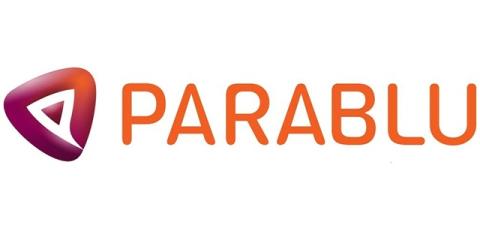Educate Your Users About Malicious SEO Poisoning Attacks
Since the beginning of computers, social engineering has been the number one way that computers and networks have been compromised. Social engineering is involved in 70% to 90% of all successful data breaches. Nothing else is even close (unpatched software and firmware are involved in 33% of successful attacks, everything else is 1% or less).











